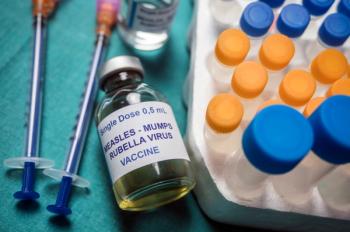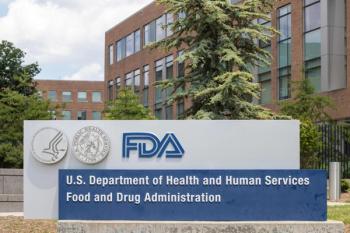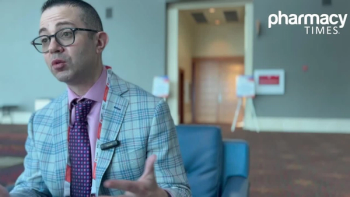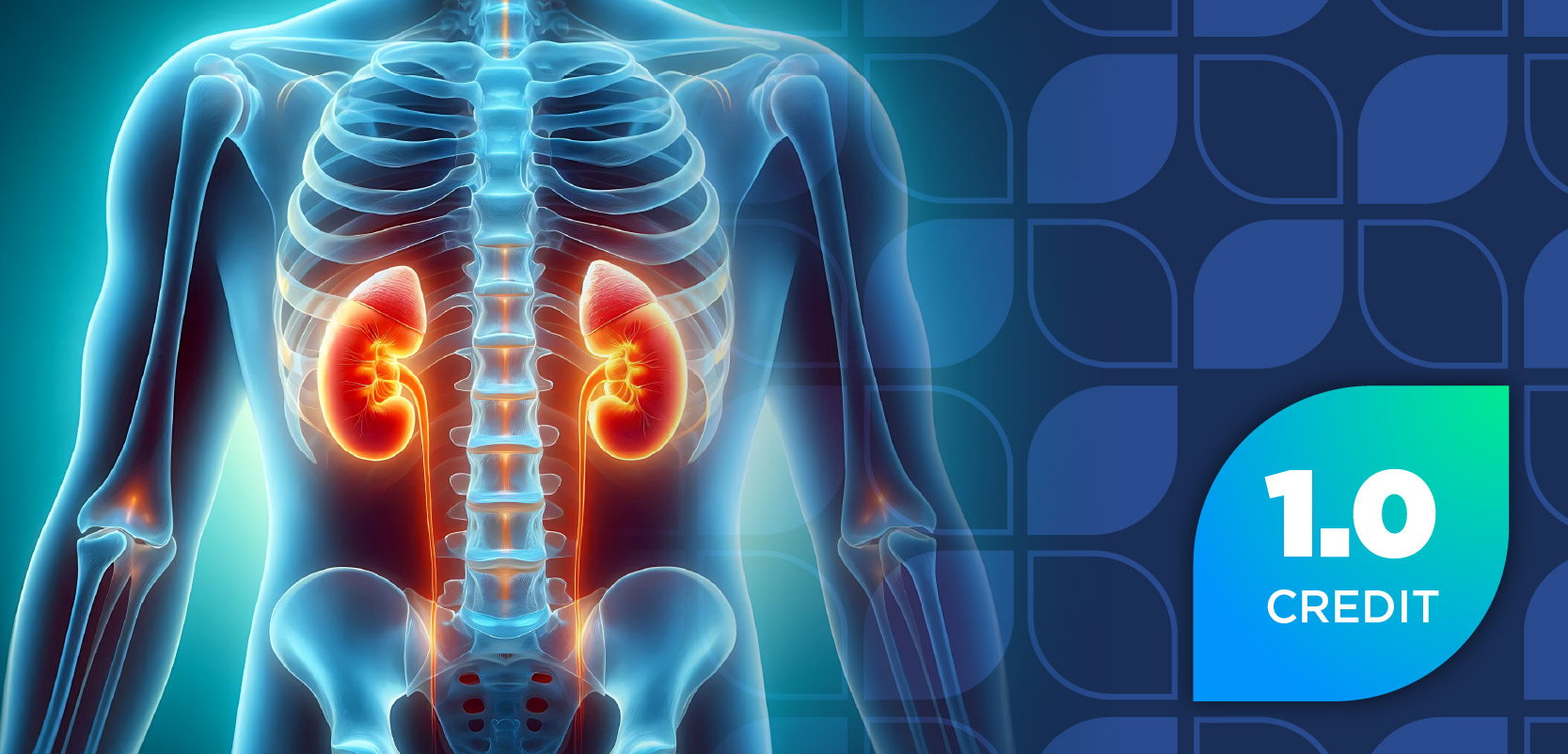
One Dose of the HPV Vaccine Is More Than 97% Effective at Preventing HPV Infection
Key Takeaways
- The ESCUDDO trial showed that 1 dose of HPV vaccines Cervarix or Gardasil 9 was as effective as 2 doses, with more than 97% efficacy.
- HPV vaccines have significantly reduced infection rates and cervical precancers, yet global uptake remains low due to cost and dosing challenges.
One dose of the vaccine compared with 2 may help increase global HPV vaccine uptake.
One dose of bivalent Cervarix (GlaxoSmithKline, Merck) or 9-valent Gardasil 9 (Merck) human papillomavirus (HPV) offers comparable protection compared with 2 doses, with more than 97% efficacy, according to data from the ESCUDDO trial (NCT03180034). Investigators hope the findings, presented at the 2025 American Association for Cancer Research Annual Meeting, will help improve global HPV vaccine uptake and overcome vaccine hesitancy to reduce cervical cancer incidence and mortality over time.1
HPV infection is responsible for 70% of all cervical cancers, as well as HPV precancers, genital warts, throat cancers, penile cancer, and anal cancer. The development of the HPV vaccine revolutionized cancer prevention by creating protection against HPV infection. The first vaccine became available in 2006 with the FDA approval of first-generation Gardasil, which protected against the 4 types of HPV: 6, 11, 16, and 18. In 2014, Gardasil 9 was approved to protect against 9 strains: 6, 11, 16, 18, 31, 33, 45, 52, and 58.2
Cervarix was approved by the FDA in 2009 for the prevention of cervical cancer, cervical intraepithelial neoplasia (CIN) grade 2 or worse and adenocarcinoma in situ, and CIN grade 1, caused by oncogenic HPV types 16 and 18, in females aged 9 to 25 years.3
"Nearly 20 years ago, these vaccines were licensed, and global uptake in girls is 27% in the target-age population," Aimée Kreimer, PhD, of the National Cancer Institute, said in her presentation. "And this 27% is really a recent jump.... So it's been really slow."4
Despite the vaccine's effectiveness, HPV vaccination rates remain low due to high costs and difficulty giving multiple doses. To help overcome cost barriers to widespread HPV vaccination, investigators assessed whether 1 dose of the HPV vaccine was as effective as the recommended 2 doses in a randomized, multiarm trial. They enrolled more than 20,000 girls aged 12 to 16 years residing in Costa Rica. The trial participants were randomly assigned in 2 stages to 1 of 4 arms: 1 dose of the bivalent vaccine, 2 doses of the bivalent vaccine, 1 dose of the nonavalent vaccine, or 2 doses of the nonavalent vaccine.1,5
At enrollment, individuals were first randomly assigned to receive 1 of the 2 study vaccines. At the second visit, participants were randomly assigned to receive either 1 or 2 doses of the relevant HPV vaccine. When the second dose of the vaccine was administered, those who were randomly assigned to the 1-dose arm were given an active control, such as Tdap (tetanus, diphtheria, and acellular pertussis vaccine). The participants were monitored every 6 months for 5 years following immunization to detect antibody titers and ongoing cervical HPV infections, according to dose group and vaccine type.5
The primary outcomes measured in Cervarix and Gardasil 9 were the noninferiority of 1 dose compared with 2 and 1 dose compared with no vaccination in each vaccine. The data showed that cumulative event rates of persistent HPV 16 and 18 infection of 6 months or more with either vaccine were not significantly different with 1 or 2 doses.1
Health organizations such as the CDC emphasize the vaccine's safety and effectiveness in preventing 90% of HPV infection-related cancers. Due to more widespread vaccination against HPV since 2006, infections decreased by 88% among teen girls and 81% in young adult women. In vaccinated women, the incidence of cervical precancers has dropped by 40%.6
"A global single-dose HPV vaccine recommendation should facilitate and accelerate country introductions and vaccine uptake," Kreimer said. "It really is high uptake of HPV vaccines that is going to control these diseases."5
REFERENCES
1. Comparing one or two doses of the human papillomavirus vaccine for the prevention of human papillomavirus infection, ESCUDDO Study (ESCUDDO). Updated May 4, 2025. Accessed May 6, 2025. https://clinicaltrials.gov/study/NCT03180034
2. The HPV vaccine: access and use in the U.S. KFF. August 5, 2024. Accessed May 6, 2025. https://www.kff.org/womens-health-policy/fact-sheet/the-hpv-vaccine-access-and-use-in-the-u-s/
3. Cervarix. FDA. October 25, 2019. Accessed May 6, 2025. https://www.fda.gov/vaccines-blood-biologics/vaccines/cervarix
4. One dose of HPV vaccine noninferior to two, data show. MedPage Today. April 29, 2025. Accessed May 6, 2025. https://www.medpagetoday.com/meetingcoverage/aacr/115340
5. ESCUDDO efficacy trial. National Cancer Institute. Accessed May 6, 2025. https://dceg.cancer.gov/research/cancer-types/cervix/escuddo
6. HPV vaccination. CDC. August 20, 2024. Accessed May 6, 2025. https://www.cdc.gov/hpv/vaccines/index.html
Newsletter
Stay informed on drug updates, treatment guidelines, and pharmacy practice trends—subscribe to Pharmacy Times for weekly clinical insights.

















































































































































































































